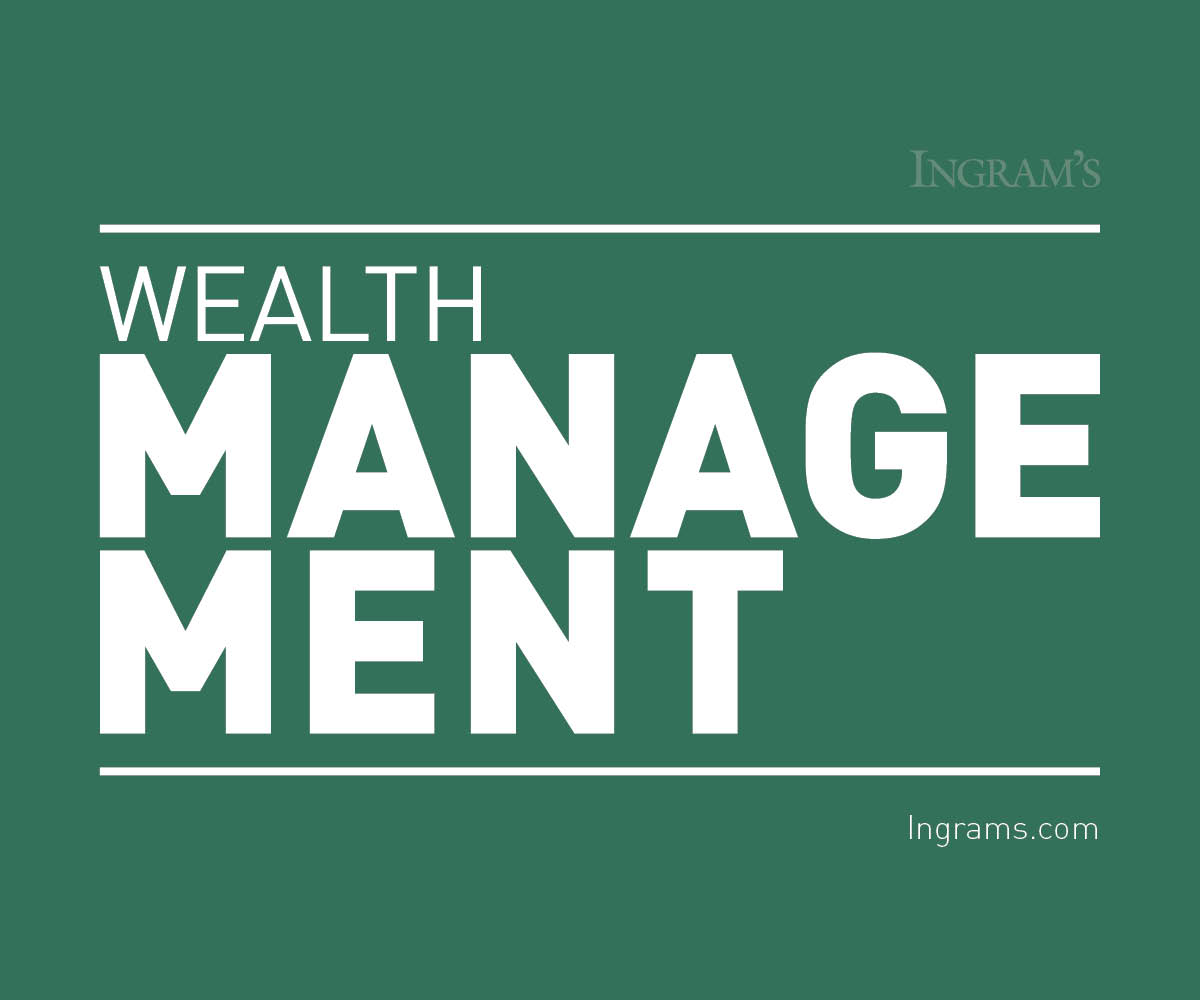HOME | ABOUT US | MEDIA KIT | CONTACT US | INQUIRE
HOME | ABOUT US | MEDIA KIT | CONTACT US | INQUIRE
The underlying strategy, not the daily market fluctuations, leads to successful investing.

As we work with clients facing retirement, a frequent concern for many is how they will maintain their standard of
living. Many successful business owners and high-earning executives are fortunate enough that they need not watch their current spending too closely; there has always been enough to do what they’ve wanted to do. But the prospect of paychecks’stopping gives them pause,

and for the first time, the exercise of determining how much it takes to support their lifestyle takes on a whole new meaning.
What have you created that will support you when your paychecks stop? Some people can count on rent checks from real estate they own, the sale of a business, deferred compensation or a pension, and most are entitled to Social Security. Once you have identified these income sources, the balance of your new “paycheck” needs to come from your investments—traditionally, by earning dividends from stocks and interest income from bonds. While you will likely spend some of the investment gro
wth in retirement, the markets are volatile and growth can’t be counted on year after year.
When the steady paycheck of a working lifetime is removed from the equation, will you have enough income left to meet your goals?
I recently saw the host of a financial show respond to a caller saying if her portfolio performance averaged 8 percent a year, she could take as her “income” 8 percent from the portfolio going forward. Unfortunately, the volatility of the market makes this dangerously bad advice. A few years of sub-8 percent performance, and the caller would be spending down her principal quickly, leaving less money in the portfolio to produce income in subsequent years. In the Midwest we have a saying for that: “Eating your seed corn.”
There’s a rule of thumb that you can safely take a 4 percent withdrawal rate from a diversified portfolio starting at age 65, give yourself a cost-of-living increase each year, and not run out of money. The rule was established based on research that looked back at all 30-year periods of available market history. The average safe withdrawal rate was about 6.5 percent, but there were times when only 4 percent could have been taken to assure income over a lifetime.
What was the determining factor in a successful withdrawal rate? Those unlucky enough to experience a series of bad years in the market immediately after retirement seemed destined to lower withdrawals for life. If you can make it through the early years of retirement without stressing the portfolio—either with poor market returns or overspending—it increases the likelihood that your portfolio will outlast you. Unlike the financial shows advice, you can’t base your income on market averages.
It is possible to manage withdrawals through volatile economic times by being invested well, and owning your income stream. By owning individual bonds, you know what your income will be, and that, barring default, your principal will be returned at maturity. By investing in stocks with a strong history of dividend payments, you can secure what has historically been increasing income. Because dividends are based on the number of shares you own and bond income is based on face value, income is not immediately affected when the market dips. In today’s market, a combination of bond income and stock dividends might not get you to the 4 percent rule, but it would provide a “guard rail” of sorts—the knowledge that some income will be generated each year, whether the market is up or down, without dipping into principal.
Late career can be a perfect time for catching up, financially. In those high-earning, high-cash-flow years, with kids out of college and out of the house, extra cash can be diverted to investments. The invisible side benefit of saving a lot is that there is less to spend, managing the lifestyle creep that can be expensive to support in ret-irement. The key is to find the equilibrium between spending and saving that allows you to achieve a nest egg that will support you when you give up your paychecks. That’s when you know you can retire.
Whether you are 30 or 60, you control the most important contributing factors, allowing you to be financially independent and able to retire. Focus on building now what will support you in the future, whether through passive income or portfolio income. Save aggressively, until it keeps your standard of living in check, and invest your savings well.
As you near retirement, own your income stream so you don’t rely too heavily on annual market returns, and know it’s never too late for additional savings to impact your retirement. Together, these factors will allow you to retire with the lifestyle you have chosen.